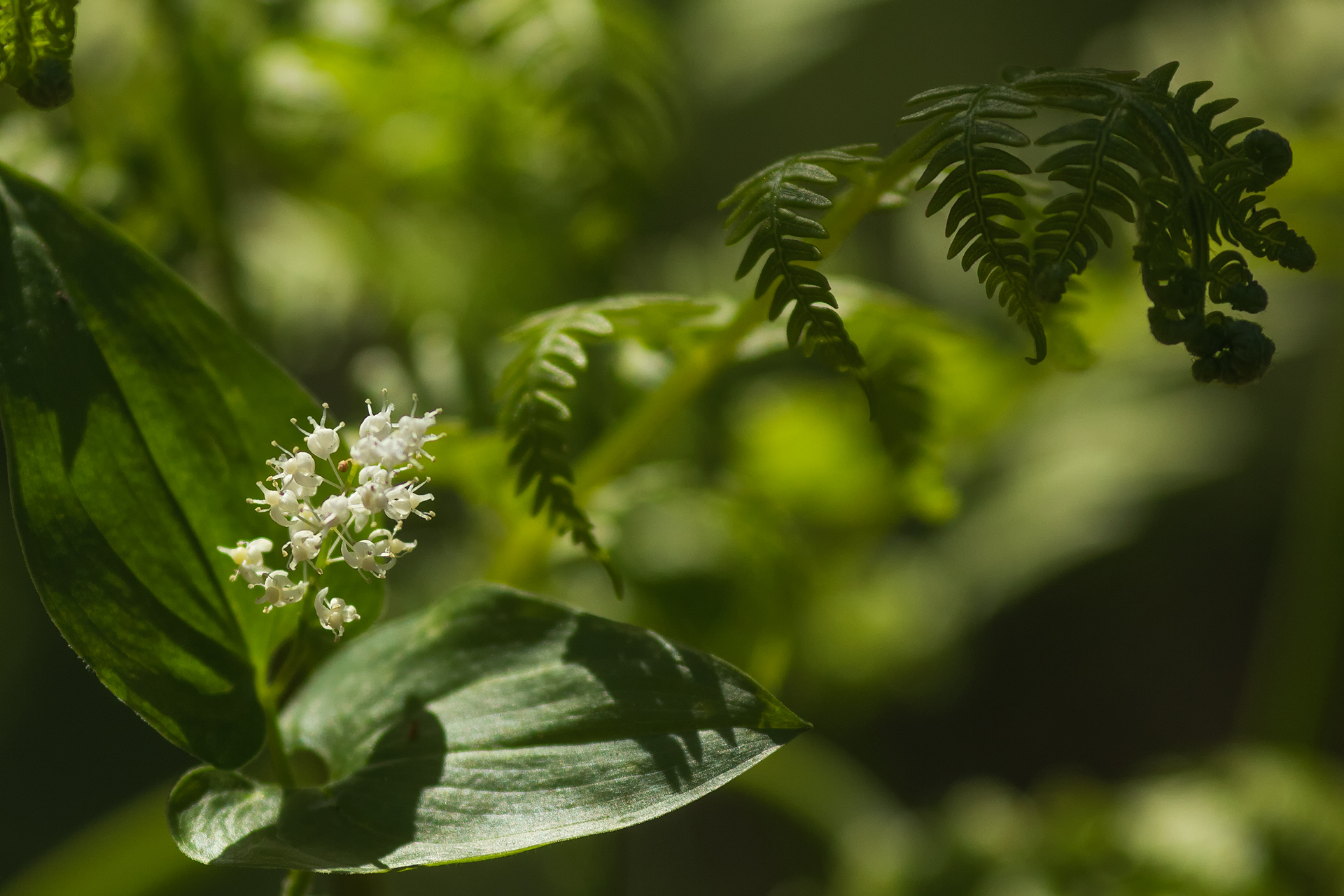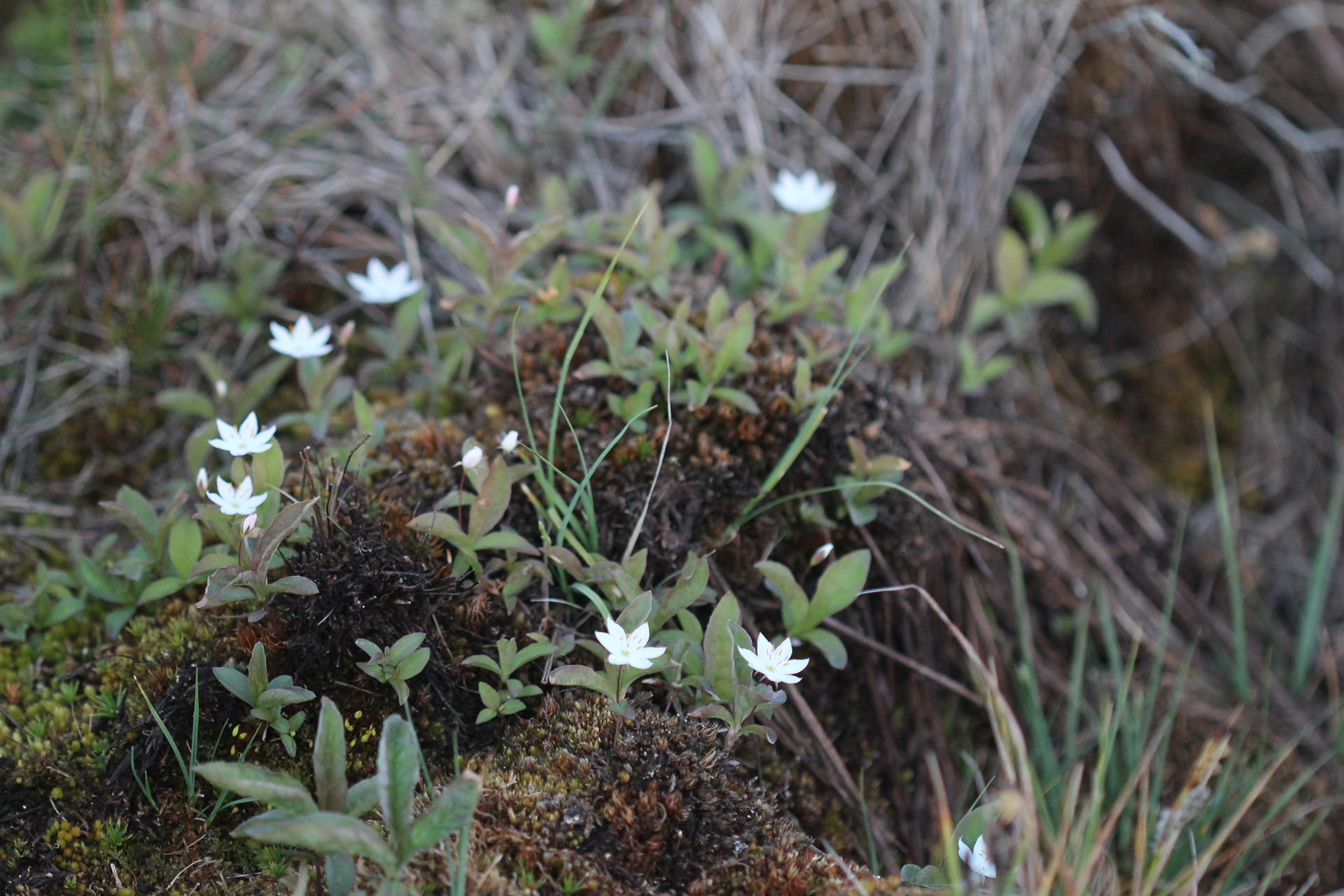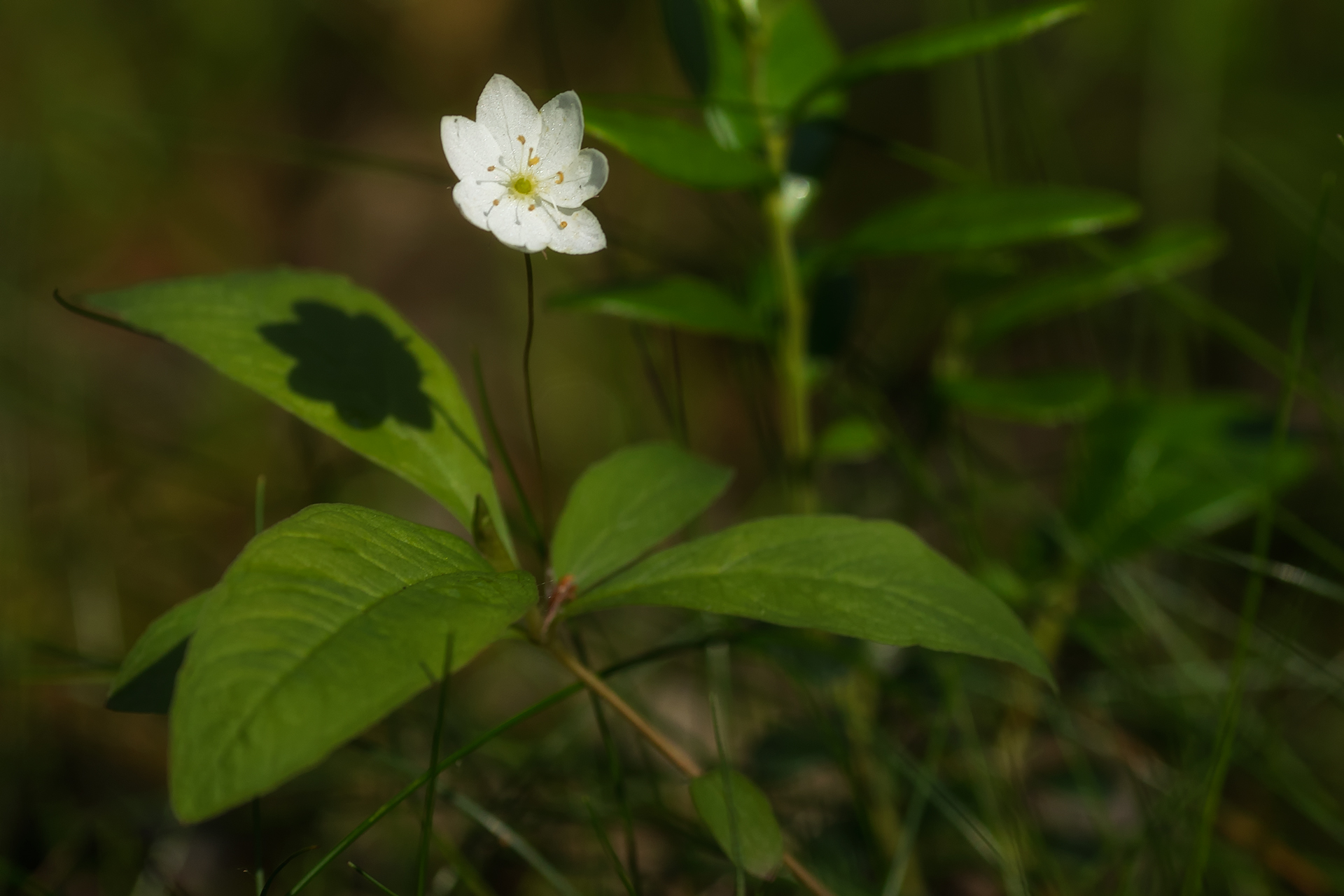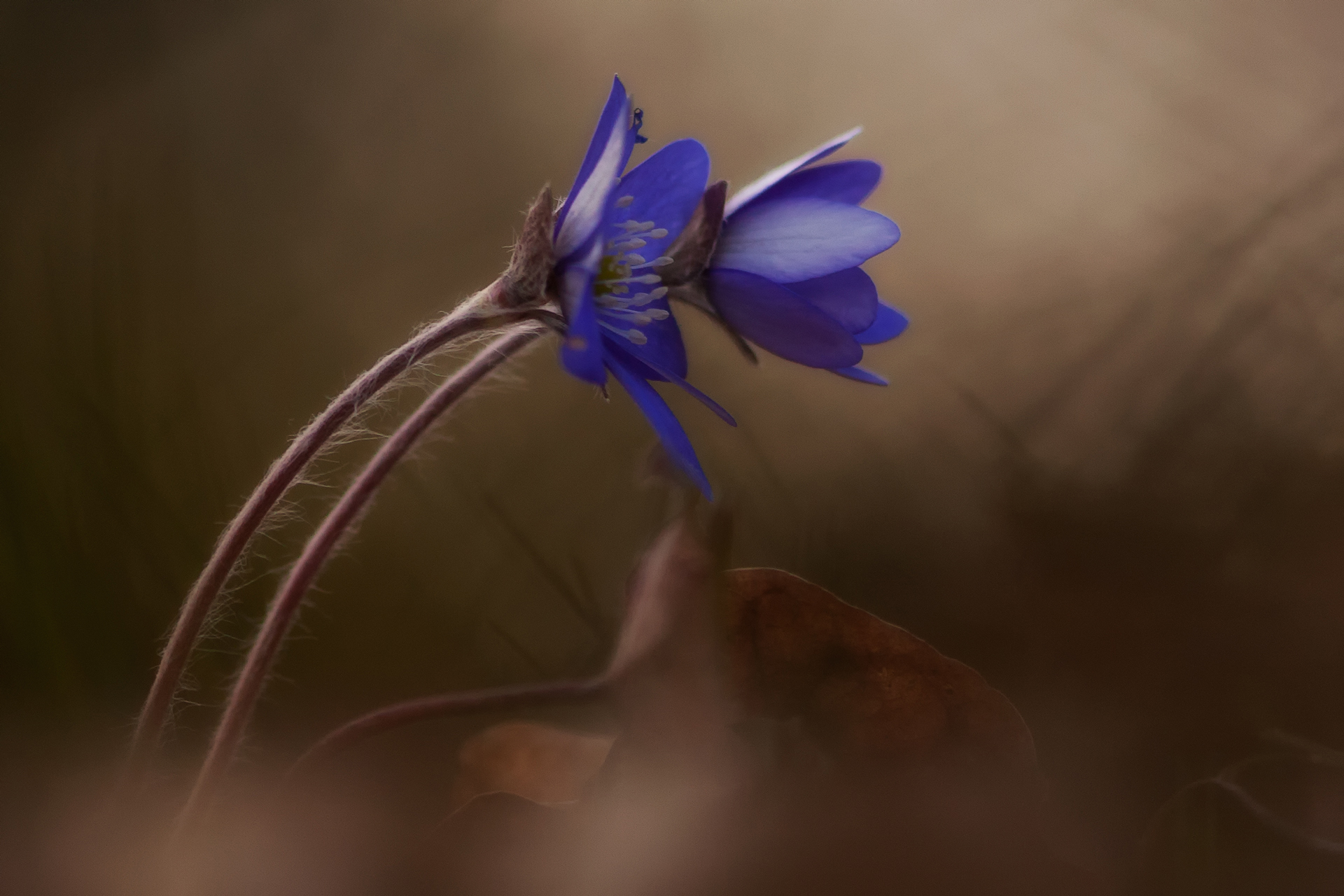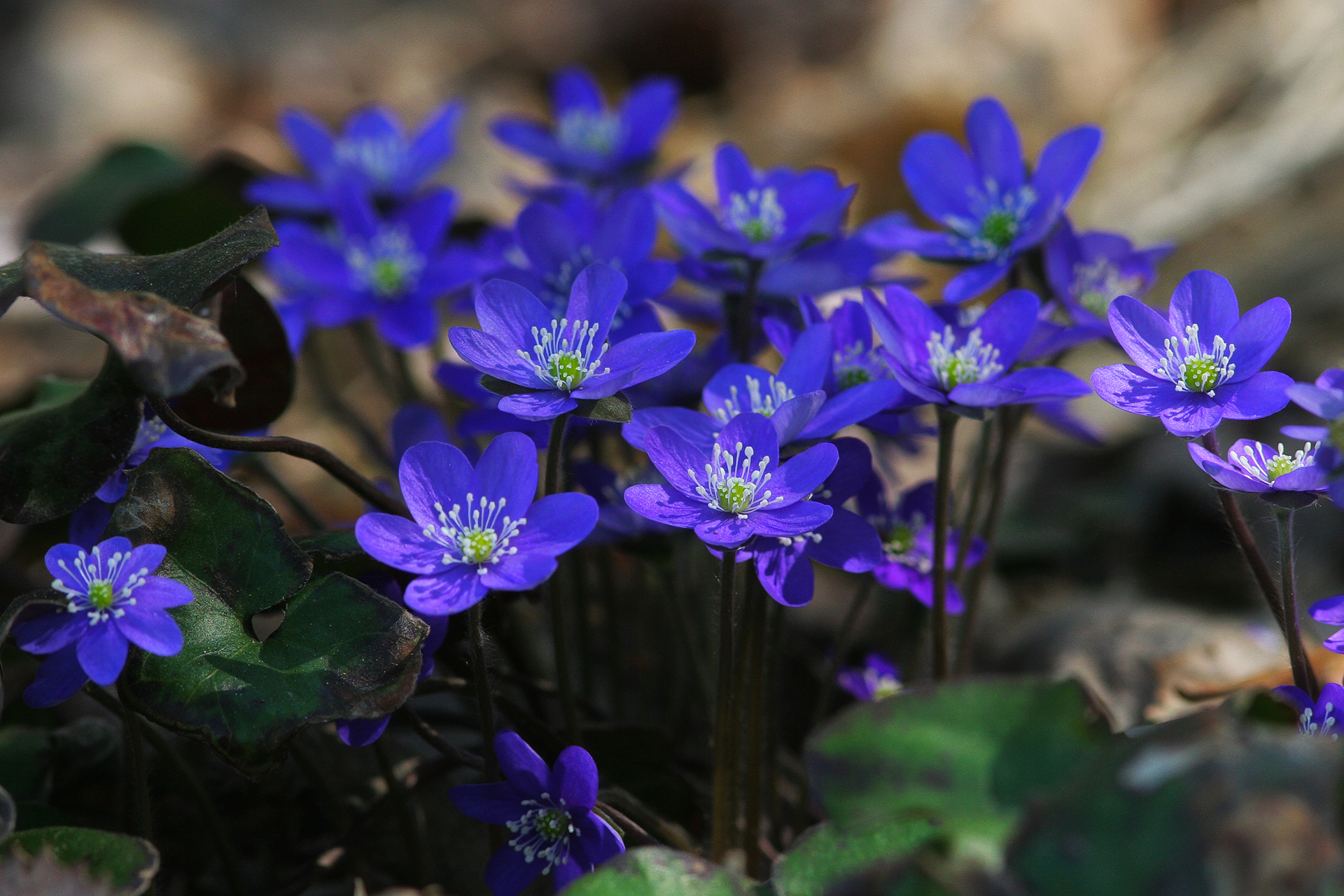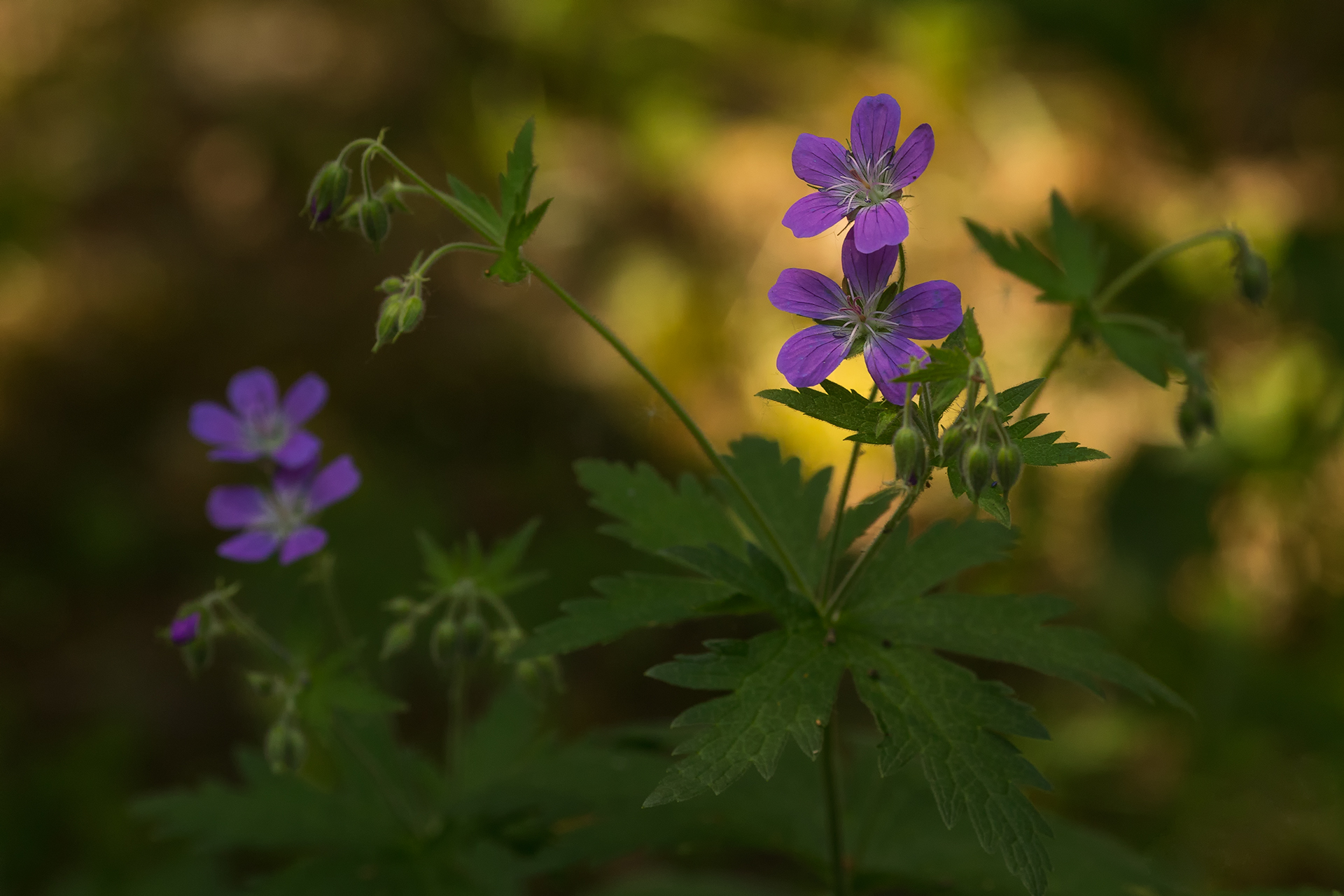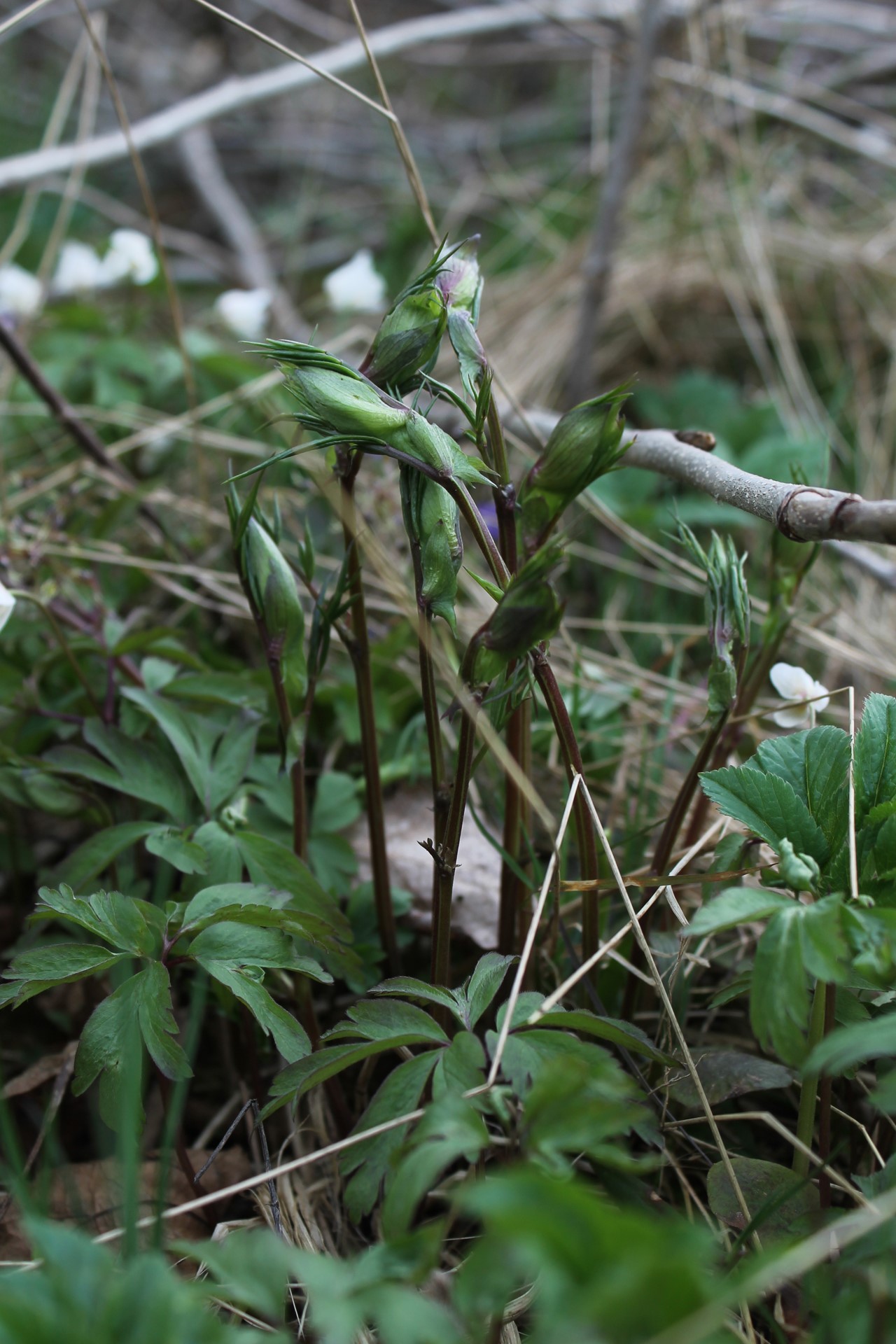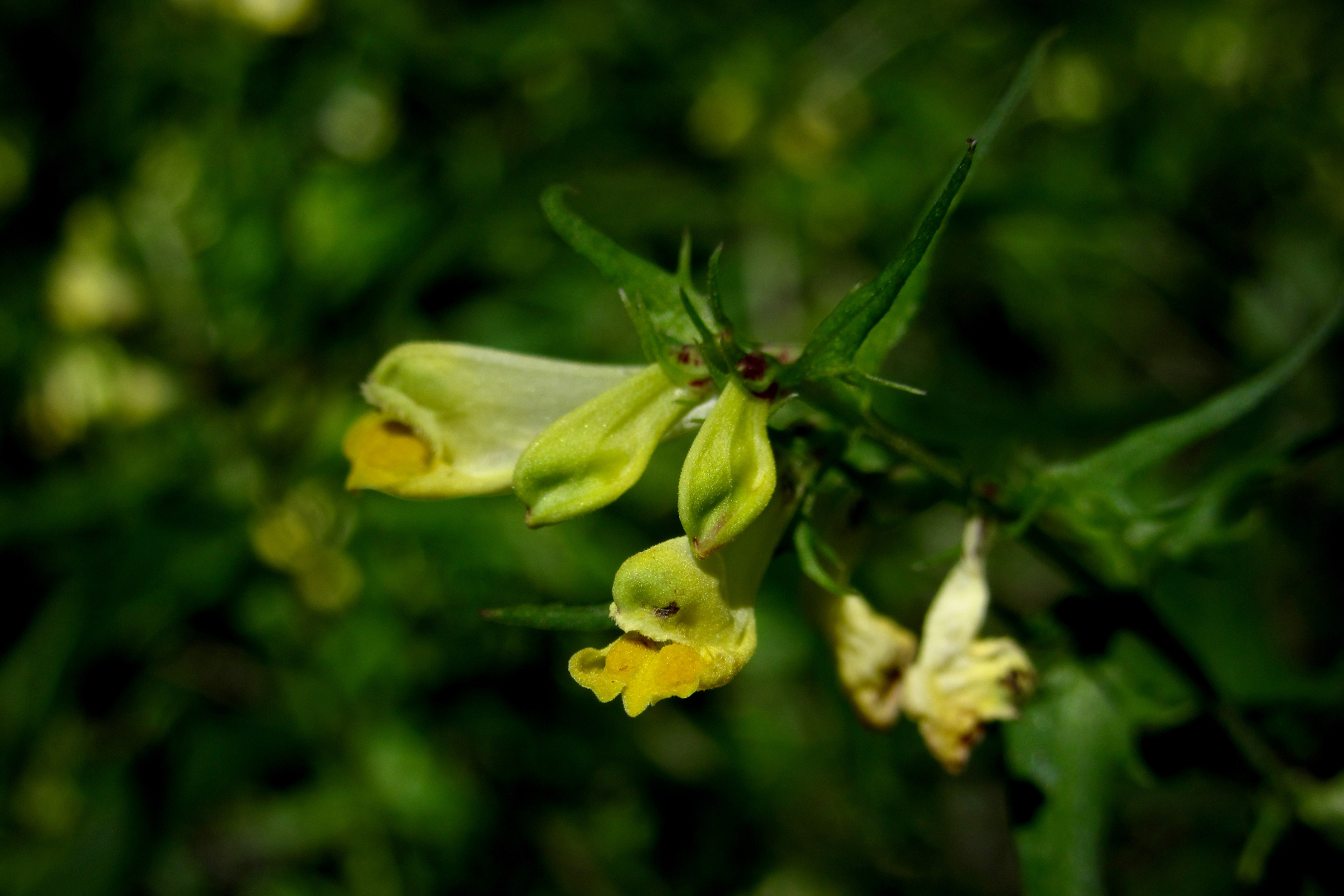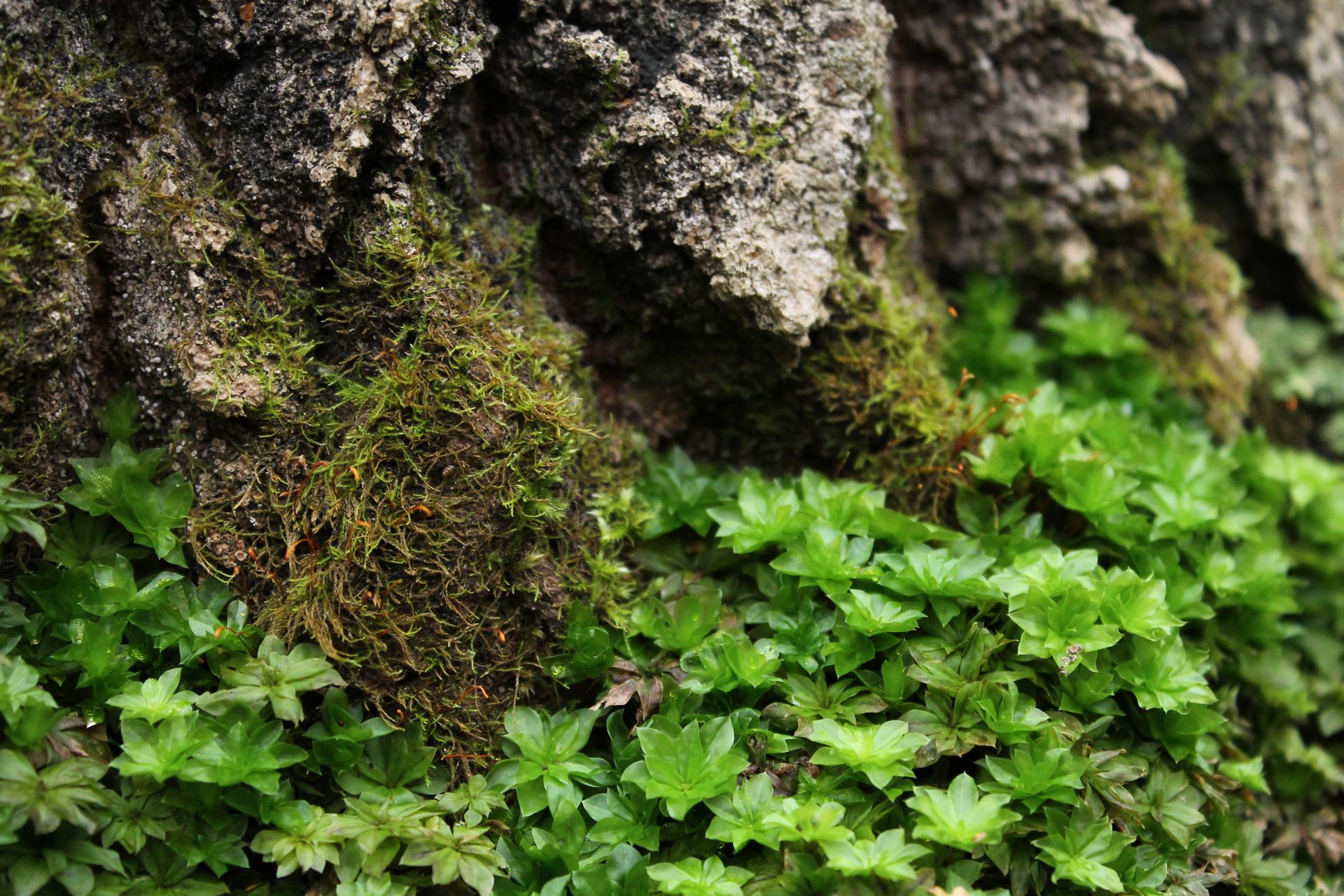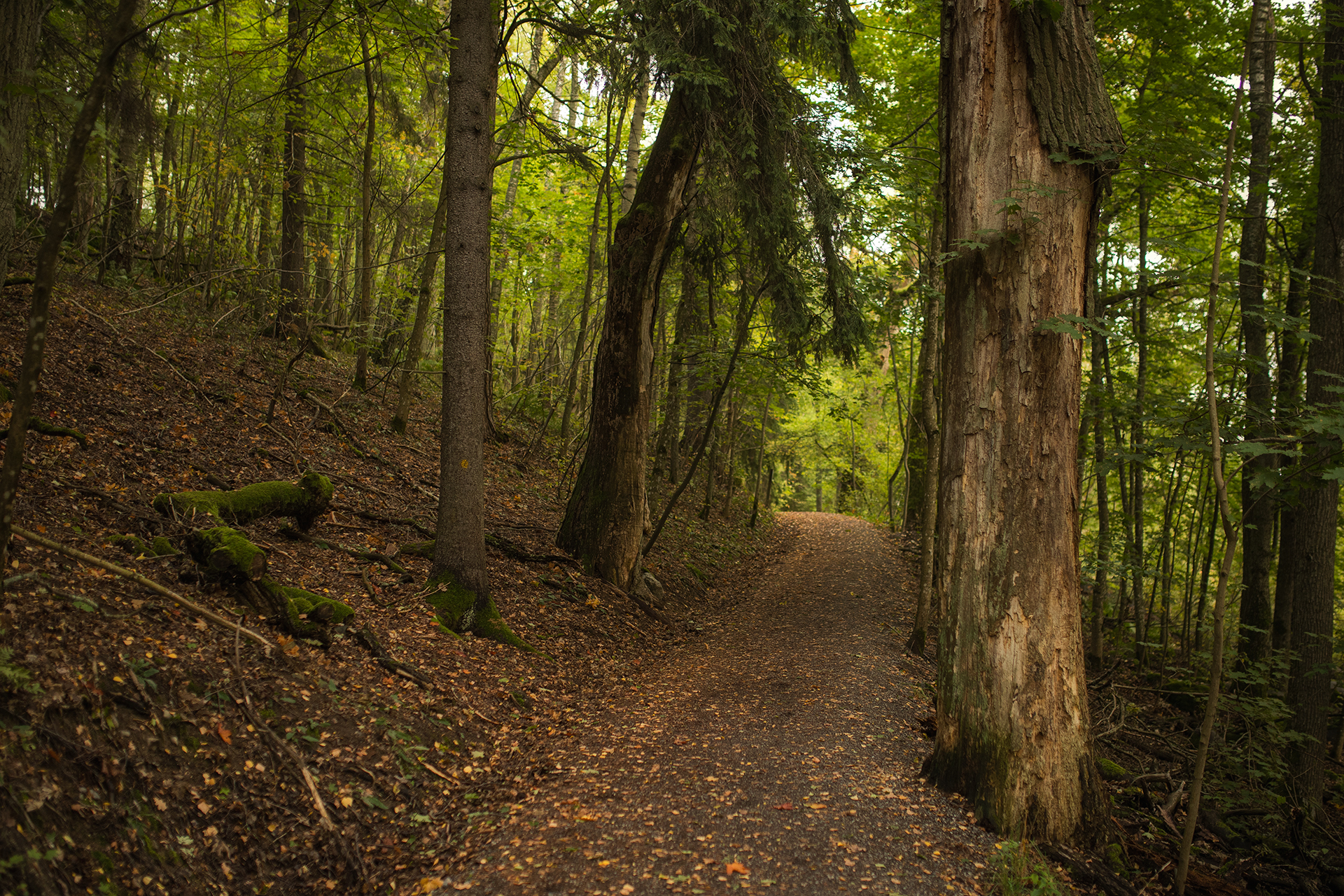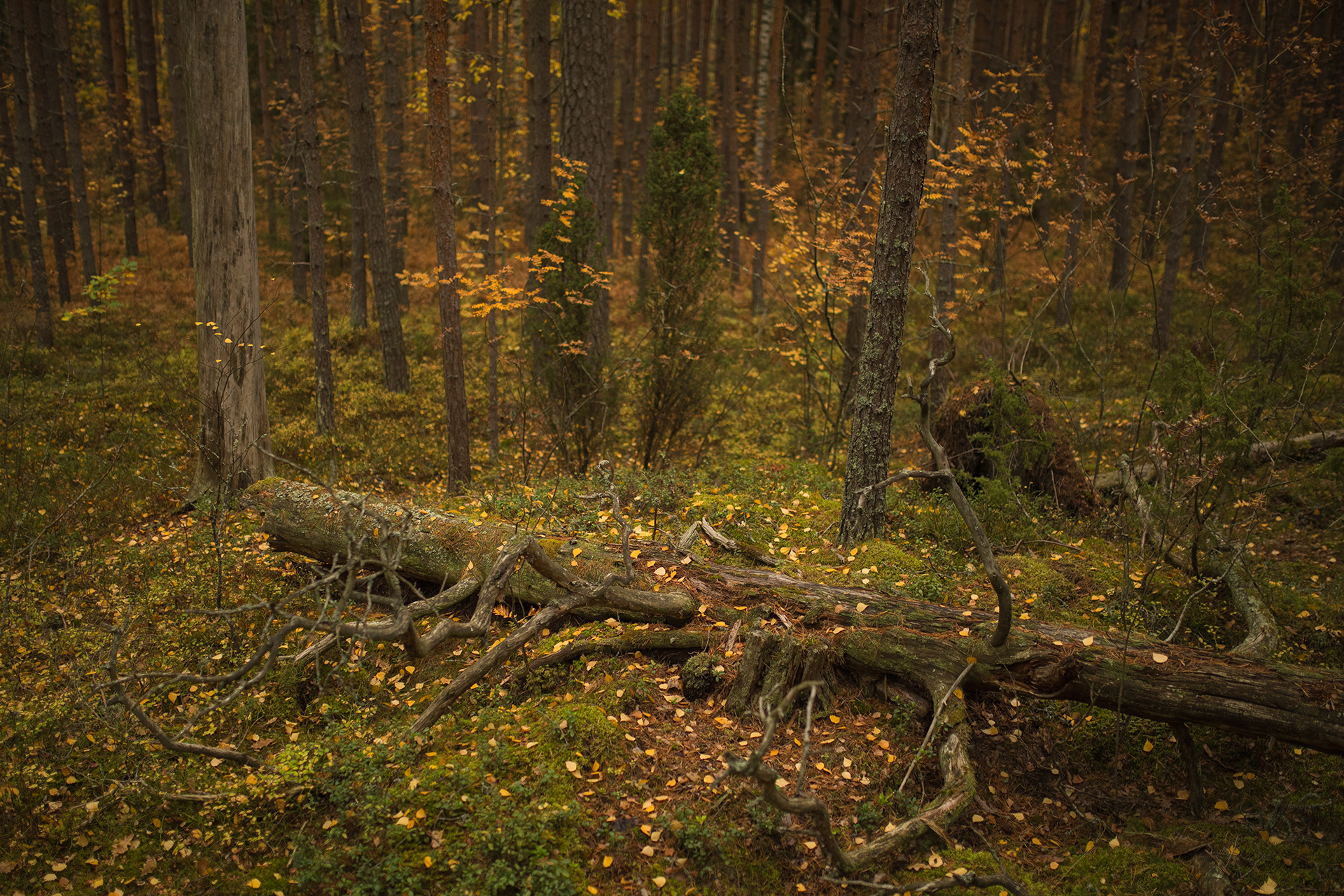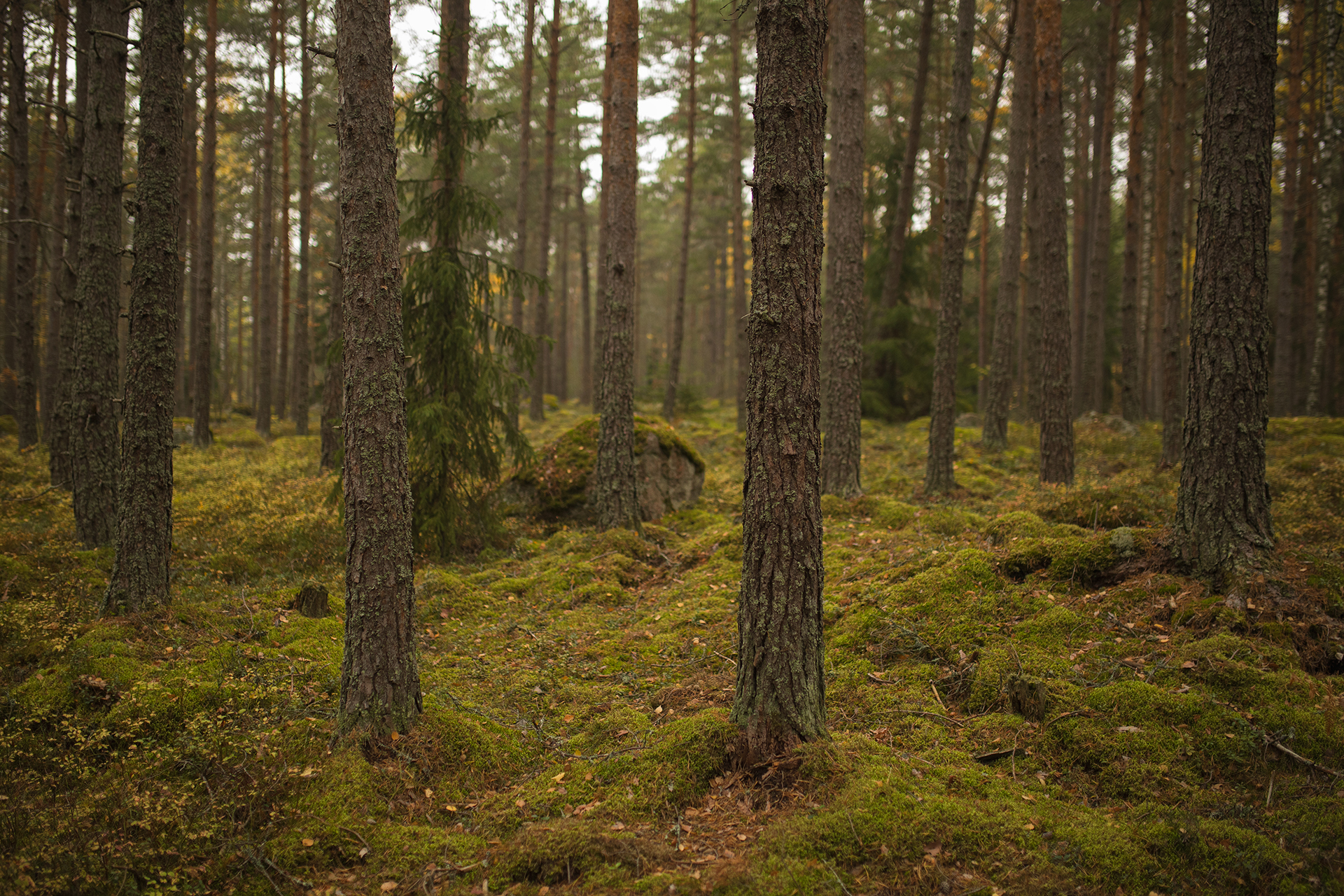May lily, chickweed wintergreen and the other beauties of coniferous forests
The majority Ruissalo’s coniferous forests are herb-rich and young coniferous forests. Beside bilberry, species that thrive in the field layer of young coniferous forests include may lily (Maianthemum bifolium), chickweed wintergreen (Trientalis europaea), wood sorrel (Oxalis acetosella) and common wintergreen (Pyrola minor).
The field layers of herb-rich coniferous forests, in which the conditions are slightly more humid, are also home to hepatica (Hepatica nobilis), wood cranesbill (Geranium sylvaticum), small cow-wheat (Melampyrum sylvaticum) and spring vetch (Lathyrus vernus). Herb-rich coniferous forest can also support a variety of mosses, such as rose moss (Rhodobryum roseum), which grows in beautiful rosettes.
May lily is a common flowering plant that grows in the shade of Scots pines in coniferous forests. The species’ red berries are poisonous, and nobody knows why they are called ‘squirrel’s berries’ (oravanmarja) in Finnish. The plant’s scientific name (Maianthemum bifolium), on the other hand, is much more informative, with the genus Maianthemum, or ‘May flower,’ telling us when the plant flowers and the species name bifolium, or ‘two-leaved,’ detailing the plant’s most common structure.
Chickweed wintergreen (Trientalis europaea) is another common resident of coniferous forests. It is found everywhere in Finland, from the Archipelago Sea all the way to the northern fells. Its white flowers come into their own in the dark forest, where they shine like small stars. No wonder that the species is also known as Arctic starflower! Despite their impressive appearance, the flowers attract hardly any insects, and in fact chickweed wintergreen spreads vegetatively, with the help of subterraneous runners.
